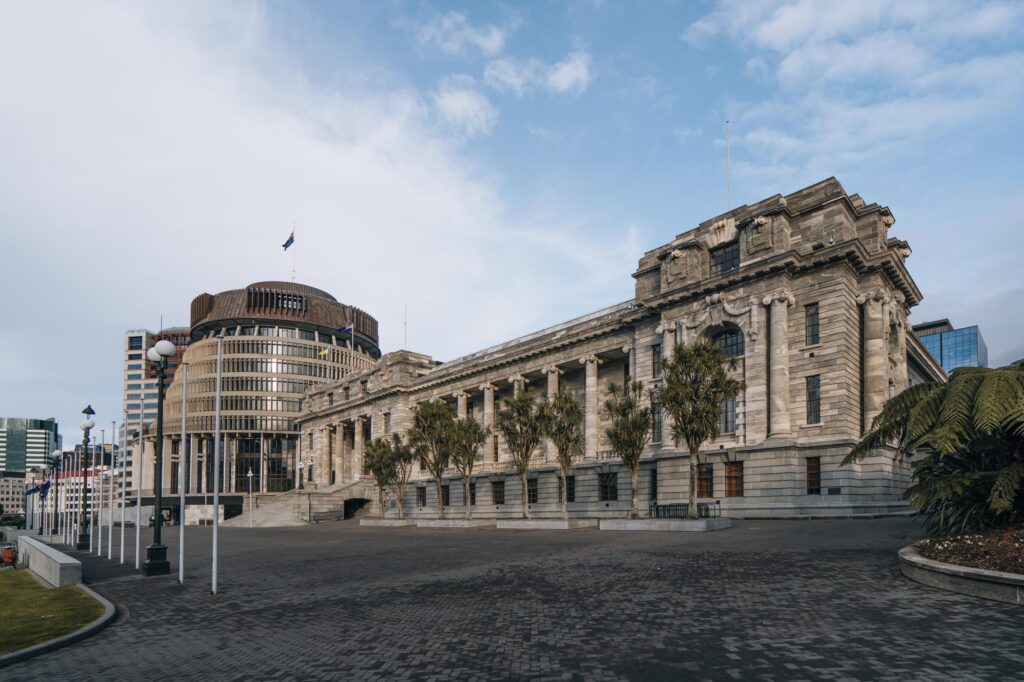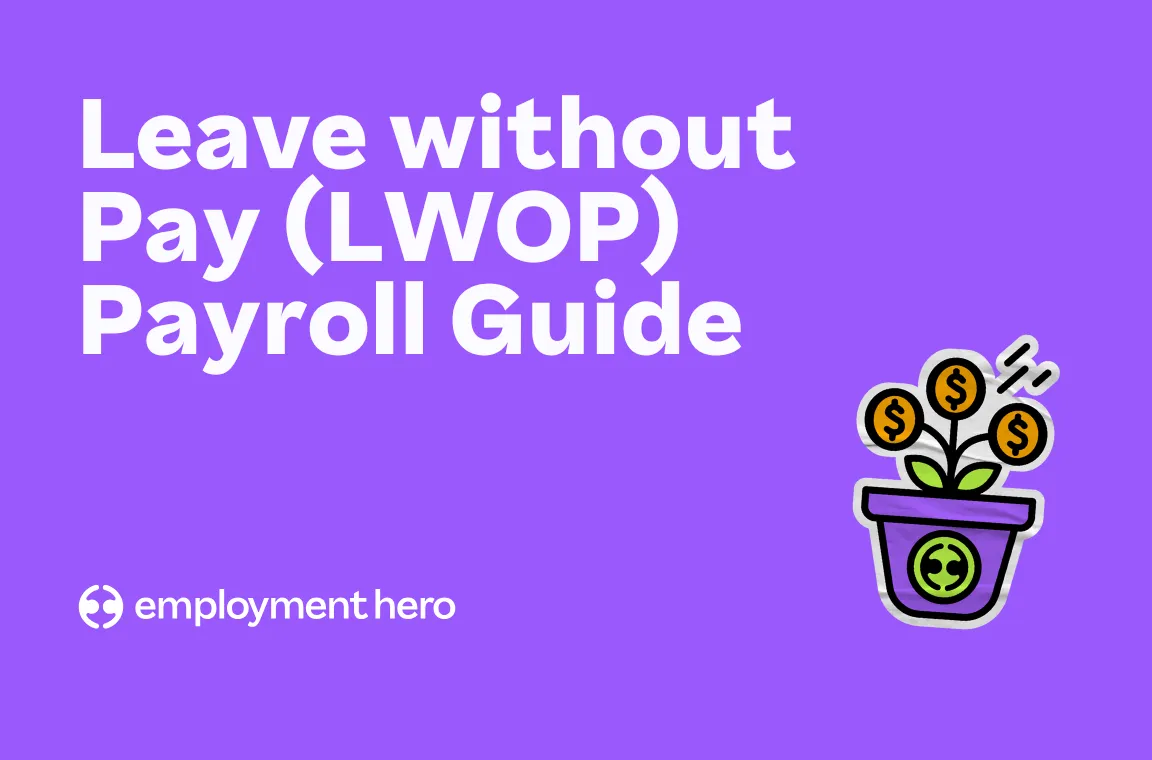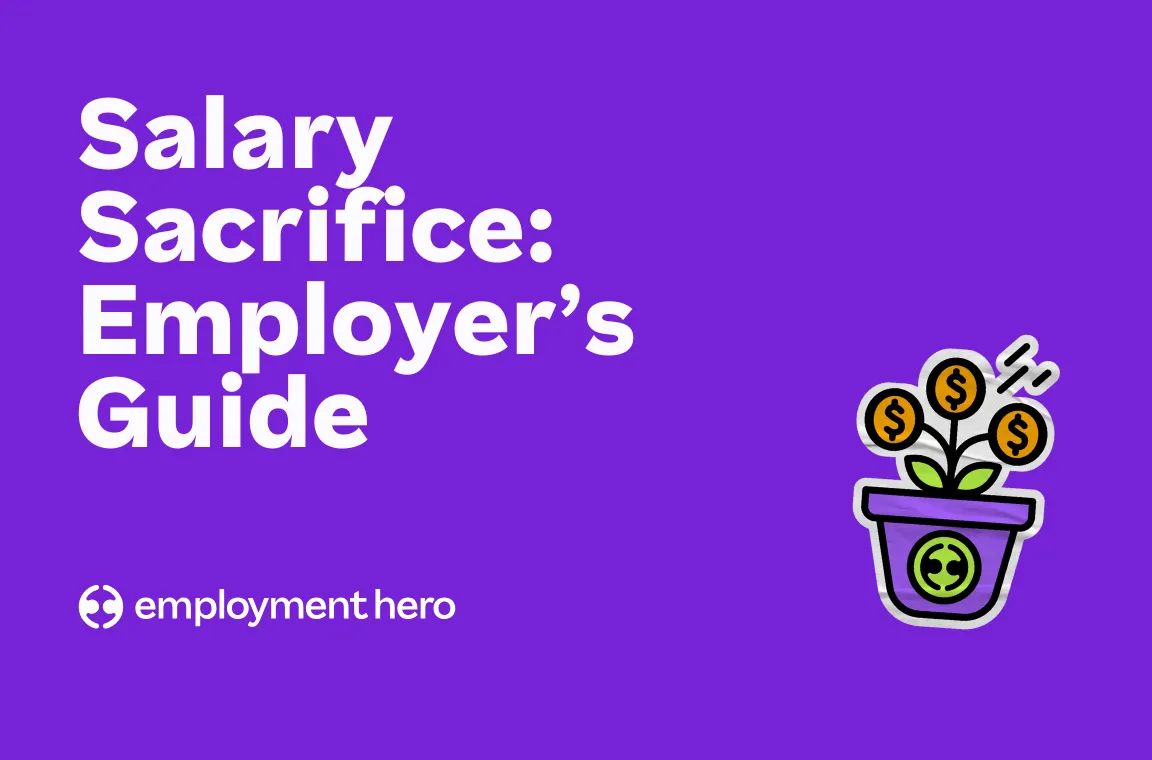Jacinda Ardern’s resignation: The cost of leadership and burnout
The New Zealand Prime Minister’s resignation arrived with a message that many can relate to.

On a sleepy Thursday afternoon on 19 January 2023, while many Kiwis were still battling the post-summer holiday blues, Jacinda Ardern took to a Labour Caucus stage in Napier and announced her resignation.
This news will likely come as a surprise to many – in the same speech, she confirmed the upcoming General Election date as 14 October 2023. Her time as prime minister was just months away from reaching a full six-year tenure.
Ardern explained her resignation, saying that “I no longer have enough in the tank to do [the role] justice’, and that ‘there are others around me who do.”
The next Labour leader – and New Zealand Prime Minister for at least the next ten months – will be voted on by Labour party members on 22 January. The replacement is expected to be in place no later than 7 February.
A recap on Ardern’s premiership
To say that Prime Minister Ardern has had a challenging time in office is putting it mildly. Her Government has been met with a domestic terror attack, a volcanic eruption, a global pandemic and economic challenges.
Ardern’s record when it comes to business may take a while to truly understand. Back in 2019, her Government was the first to introduce the concept of a ‘Wellbeing Budget’, which sought to put people, not numbers, at the centre of their financial allocations.
Then, when the pandemic hit, her health-first approach received reverent praise from media around the world. However, it did mean some sacrifices and big ones – business leaders and workers were polarised by intense lockdowns and closed borders.
Recent big steps by Ardern’s Government when it comes to employment have included the Fair Pay Agreements, as well as the long awaited review of the Holidays Act. The final amendments to the Act are still in development.
While there have been some strides in business that some have seen as positive, Ardern’s critics in the business community have often pointed to the last few years during the pandemic. The frequent changes in Covid-19 alert levels and rules caused consternation amongst some small business owners and many perceived a lack of sector-specific support, particularly for the badly hit hospitality and retail sectors.
In the 2022 Mood of the Boardroom, an annual survey of more than 100 chief executives in New Zealand, Ardern was rated just 1.61/5 for building confidence within the business community.
Now, as the economy continues to struggle along with the rest of the world, the next few months of New Zealand’s economic recovery remain uncertain.
How Jacinda Arden’s resignation happened
One quick glance at the headlines from news outlets across the world will tell you one thing about this resignation – it really was a surprise.
With Ardern in the home stretch until the election, focus was on how her party would perform in the upcoming polls. There wasn’t any expectation that the leadership of the party itself would change, nor any hints beforehand from journalists with good sources.
Ardern’s resignation was a personal one, as she explained:
“I believe that leading a country is the most privileged job anyone could ever have, but also one of the more challenging. You cannot, and should not do it unless you have a full tank, plus, a bit in reserve for those unexpected challenges.
‘This summer, I had hoped to find a way to prepare for not just another year, but another term – because that is what this year requires. I have not been able to do that.”
What leaders can learn from Ardern’s shock departure
Interestingly, Ardern’s phrasing around ‘nothing left in the tank’ is very similar to the wording used by previous Prime Minister John Key in his resignation speech, back in 2016. He too left prior to the election, with a similar reason that he had nothing more to give to the demanding role of Prime Minister.
Ardern’s message of recognising your limits when you reach them is one that many leaders can likely relate to. The responsibility that comes with a leadership role makes you accountable to others and to yourself. It requires you to be strong, even when you don’t feel like it, and decisive, even when you can’t predict the final outcome.
It can take its toll.
As Ardern mentioned in her speech,
‘The only interesting angle you will find is that after going on six years of some big challenges, that I am human. […] We give all that we can, for as long as we can, and then it’s time.’
Understanding that you’ve reached your limit and you need your situation to change is something that managers have to face at work. Whether that’s finding ways to cope with burnout or switching to a flexible working schedule (likely a little less challenging when you’re not Prime Minister!), it’s important to take care of yourself.
Our Wellness at Work report found that 58% of employees surveyed had experienced burnout and chronic stress, which can have a huge impact on their health and their work.
Recognising when things are getting tough is important. As the old airline guidance goes, ‘remember to put your own oxygen mask on before helping others.’
So what happens next after the Prime Minister steps down?
We can expect things to move very quickly. Ardern has already said that her last day will be no later than 7 February 2023, and the vote for her successor is imminent.
So far, no clear frontrunners have emerged, but we can expect to see Labour MPs throw their hats in the ring soon. Despite running for leadership back in 2014, Deputy Prime Minister and Finance Minister, Grant Robertson, has already ruled himself out of the race.
Whoever takes on the role has a lot to do in just ten months, continuing the Government while preparing for a General Election. For business owners, there are still significant challenges amongst skill shortages and rising inflation, and they’ll be keenly waiting to see how the new Prime Minister plans to address them.
Disclaimer: The information in this article is current as at 19 January 2023, and has been prepared by Employment Hero Pty Ltd (ABN 11 160 047 709) and its related bodies corporate (Employment Hero). The views expressed in this article are general information only, are provided in good faith to assist employers and their employees, and should not be relied on as professional advice. The Information is based on data supplied by third parties. While such data is believed to be accurate, it has not been independently verified and no warranties are given that it is complete, accurate, up to date or fit for the purpose for which it is required. Employment Hero does not accept responsibility for any inaccuracy in such data and is not liable for any loss or damages arising either directly or indirectly as a result of reliance on, use of or inability to use any information provided in this article.You should undertake your own research and to seek professional advice before making any decisions or relying on the information in this article.
Related Resources
-
 Read more: Understanding leave without pay in New Zealand
Read more: Understanding leave without pay in New ZealandUnderstanding leave without pay in New Zealand
Understand leave without pay in NZ. Learn how it affects payroll, annual leave entitlements, compliance rules and employee rights.
-
 Read more: Salary sacrifice: NZ employer’s guide
Read more: Salary sacrifice: NZ employer’s guideSalary sacrifice: NZ employer’s guide
Learn how salary sacrifice works in NZ. Understand employer obligations, employee rights, benefits, risks and how to set up salary…
-
 Read more: Hours of work in New Zealand
Read more: Hours of work in New ZealandHours of work in New Zealand
Understand standard working hours, overtime, rest breaks, exemptions and employer compliance requirements.























